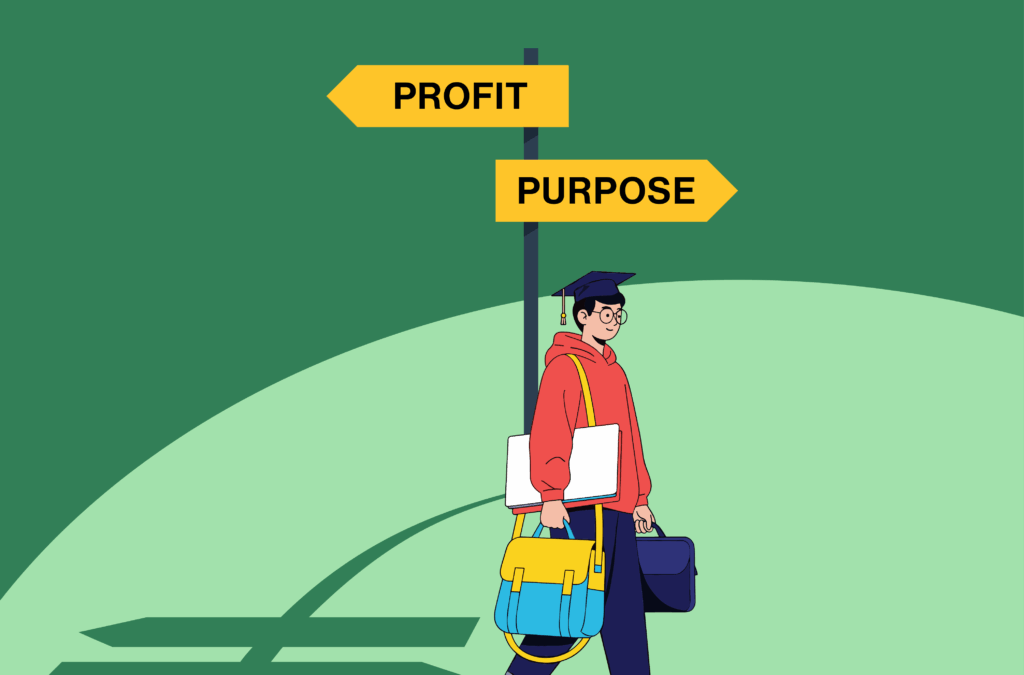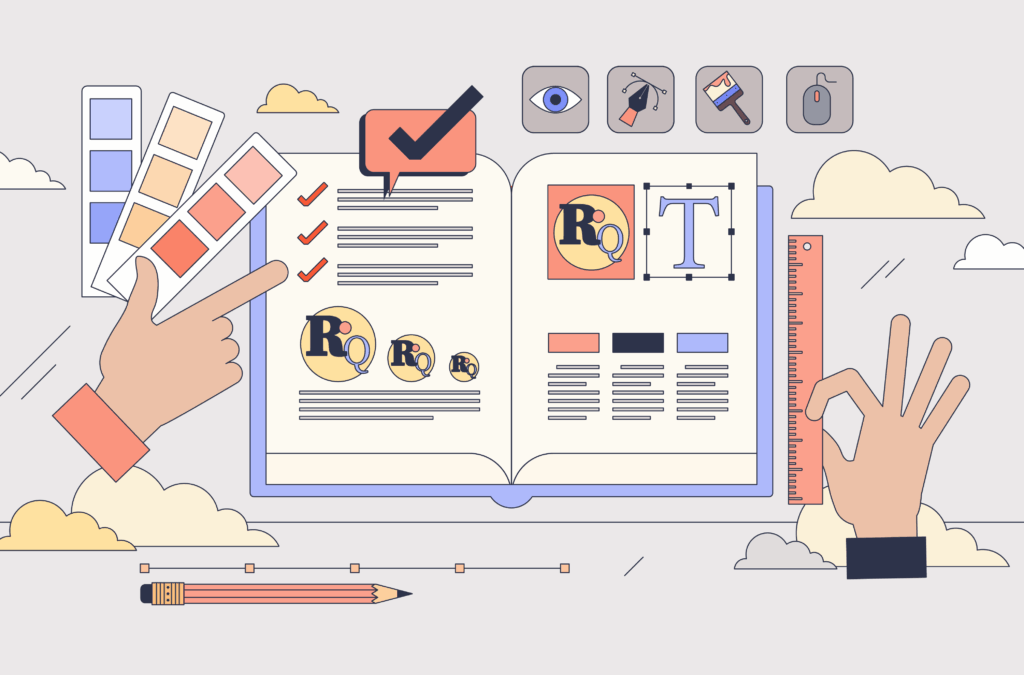
AI for Industry Innovation

Successful innovation begins with addressing meaningful problems.
At an October 2023 meeting, The Council’s Future Advisory Committee (FAC)—charged with exploring, identifying, and advising on issues and opportunities related to the future of insurance brokerage—identified strategic challenges facing the industry. The FAC prioritized analyzing how to recruit and retain talent with the skills and experience required to profit from trends in digital transformation, artificial intelligence (AI), and data analytics.
Of specific interest to the committee were these questions:
How might we attract tech-savvy, people-centric, purpose-driven individuals into the insurance brokerage industry to leverage their expertise and desire for client engagement to drive innovation in risk management, healthcare coverage, and well-being?
How might we attract “T-shaped quants” with the analytical prowess to address the challenges of data-driven decision-making and innovation for the insurance brokerage industry? (Building on McKinsey’s concept of T-shaped individuals—professionals with a broad skill set who specialize in certain areas—the FAC defines T-shaped quants as professionals with deep expertise in quantitative analysis and broad business knowledge.)
Validate Before You Leap
Over the past two years, the FAC has explored the architecture of an intelligent innovation system, including the people, processes, and platform required to transform products, services, processes, and organizations. The committee’s work has included rigorous problem and solution validation to manage the inherent risks of innovation throughout the Next Cycle, a discovery-driven development process of experimentation, data collection, and learning.
At each step of the journey, low-cost tests are run to validate hypotheses and produce insights that give innovators the confidence to move forward, change course, or stop. The FAC set out to prove its recruitment and retention problem hypotheses using live interviews and tools like Synthetic Users, which leverage AI-generated personas to provide diverse perspectives and rapid iteration cycles. This hybrid approach ensured a comprehensive understanding of the recruiting challenges, drawing on the expertise of industry professionals gathered in the room and the vast industry data sources used to train AI’s large language models.
Light-Blue, Dark-Blue Thinking
The FAC uses Solve Next’s Think Wrong problem-solving methodology as a key part of its innovation process, relying on its ability to overcome the biases, assumptions, and orthodoxies that limit solutions and maintain the status quo. This methodology includes drills designed to accelerate divergent and convergent thinking—the rapid generation and evaluation of many options. The FAC also applies the Stingray model, introduced by the Board of Innovation, to balance AI- and human-led thinking. This model combines the generative power of AI (light-blue thinking) with the FAC members’ experience-based ability to intuit and evaluate concepts and data (dark-blue thinking).
10 FAC Members, an AI Bot, and a Whiteboard App Walk into a Bar
Hosted by Newfront, the FAC gathered last March in San Mateo, California, to run a one-day Instigator and T-Shaped Quant Recruiting Blitz, an innovation session designed to generate solutions to the validated talent recruitment and retention challenges.
Solve Next’s Next Lab software generated the agenda for the Recruiting Blitz and provided prompts for the AI jockeys to use in combination with 12 Think Wrong drills to be completed by two teams of FAC members. The teams worked simultaneously to generate solutions, with AI jockeys directing the AI model and posting output on a virtual whiteboard.
ChatGPT, an advanced large language model developed by OpenAI, provided each team with real-time assistance, drawing on extensive knowledge areas including insurance trends, digital transformation, AI applications, data analytics, talent acquisition, and innovation methodologies.
Miro, an online whiteboard application, mapped out the flow of the Blitz, providing reference materials, a clear workflow, and a single place to post outputs.
The Post-It App transformed physical Post-its into digital assets easily added to the Miro board.
Synthetic Users provided a sounding board for solution hypotheses by simulating responses and feedback from AI-generated instigator and T-shaped Quant personas. These personas, designed to emulate diverse perspectives and expertise, interacted with the teams during the exercise. The system’s output included real-time feedback on proposed ideas, highlighting potential strengths and weaknesses, and suggesting improvements. This dynamic interaction ensured that the teams could rapidly iterate on their solutions, incorporating diverse viewpoints and refining their approaches based on simulated user feedback.
Every Output Is an Input
The Solve Next mantra, “Every output is an input,” was on full display in the Recruiting Blitz. Each Think Wrong Drill included notes prepared by Solve Next with specific prompts describing the output from preceding drills for the AI jockeys and instructions for ChatGPT to enable AI assistance.
The two FAC teams focused their efforts on shifting the perception of the industry to one that offers attractive opportunities to develop compelling risk management and health and wellness products and services.
What Would Disney Do?
The teams used Solve Next’s Brand Takeover Drill to provide fresh starting places from which to generate unexpected ideas. Disney and Nike were chosen for their strong brand identities and their ability to attract and engage diverse audiences—qualities crucial for reshaping the perception of the insurance brokerage industry.
Here are some examples of the concepts generated:
MagicBand Insurance: Develop a wearable device similar to Disney’s MagicBand that tracks health and lifestyle data, offering personalized insurance plans and rewards for healthy behavior. This concept aims to attract tech-savvy individuals interested in leveraging technology for innovative solutions.
Disney Institute for Insurance Innovation: Establish a think tank combining Disney’s creativity with insurance expertise to develop cutting-edge solutions and foster a culture of innovation within the industry. This initiative would appeal to purpose-driven professionals eager to make a significant impact.
Just Do It Underwriting: Introduce a dynamic underwriting process encouraging proactive health and wellness steps, with rewards and incentives for achievements. This approach focuses on engaging individuals who value personal development and achievement.
Nike Training Club for Agents: Develop a training program for insurance agents incorporating Nike’s fitness and performance expertise, enhancing their analytical and sales skills. This program targets individuals with a passion for continuous learning and improvement.
The FAC also used the MacGyver Drill to create original solutions from existing resources, along with the Kitchen Sink Drill to put all existing solutions off-limits and force members to imagine entirely new solutions. By combining the drill instructions with AI prompts, participants could use ChatGPT to think beyond industry orthodoxies, biases, and nostalgia. The result: over 300 ideas in under two hours.
These ideas were rapidly prioritized using three additional drills: the Impact x Doability Drill to evaluate execution difficulty and potential impact; the Federation Faceoff Drill to identify which ideas might be best led by The Council versus member-led initiatives; and the Stack It x Steps Away Drill to identify how many new capabilities might be required to execute the idea.
Doing the Loopity-Loop
Search the term “iterative design” on Google and then select “Images.” You’ll find myriad depictions of the looping nature of iterative design. For those conditioned to find the right answer quickly, revisiting a question with fresh insights gained from small experiments and development activities can be maddening. However, it’s essential in a disciplined, discovery-driven development process to capture learning and apply it to the original problem or solution hypothesis. Each loop reduces uncertainty and enhances clarity.
The FAC used rapid cycles of light-blue, dark-blue thinking, assisted by 12 Think Wrong Drills, ChatGPT, Synthetic Users, and 10 smart industry veterans to accelerate solution generation and create broader, varied loops to ensure a rich set of potential solutions to the industry’s recruiting challenges.
The Outcome
Having generated and prioritized several high-potential solutions, the FAC then developed several initiatives for attracting and retaining tech-savvy, people-centric, purpose-driven individuals, and T-shaped quants:
1. Recruitment Campaigns: Ideas such as the MagicBand Insurance and the Just Do It Underwriting programs highlighted innovative ways to engage potential recruits by showcasing the industry’s integration of technology and wellness.
2. Training and Development Programs: Initiatives like the Disney Institute for Insurance Innovation and the Nike Training Club for Agents aimed to provide advanced training to enhance the analytical and sales skills of new recruits.
3. Perception Shifts: Strategies to rebrand the industry and shift perceptions, such as using Disney’s storytelling to make insurance concepts more accessible and Nike’s community wellness initiatives to demonstrate the industry’s commitment to health and safety.
The FAC’s use of Think Wrong Drills, which help innovators imagine unexpected solutions, combined with AI, which draws on vast knowledge, accelerates divergent thinking, and structures convergent thinking, enabled the FAC to arrive at a set of testable solutions to the industry recruitment and retention challenges.
The next steps for the FAC include:
- Validate Solution Hypotheses: Conduct a combination of Synthetic User interviews and live interviews to validate the solution hypotheses. This process will provide real-time feedback and insights to refine the initiatives before broader implementation.
- Share with Members: The Council will share the validated solution hypotheses with its members, allowing them to consider which initiatives they might pilot within their own organizations.
- Test Association-Level Solutions: The Council will focus on testing those solutions that are best executed at the association level, ensuring they are tailored to the needs of the entire industry.
Lessons Learned from AI-Human Collaboration
The FAC’s experience with AI-assisted problem-solving provided invaluable lessons:
1. Enhanced Problem Validation: AI tools accelerated validation by providing diverse perspectives and rapid iteration cycles, ensuring a comprehensive understanding of challenges.
2. Improved Solution Generation: The Think Wrong methodology, powered by AI, broke conventional thinking, quickly generating over 300 innovative ideas.
3. Efficient Collaboration: Tools like ChatGPT, Miro, and the Post-It app facilitated seamless collaboration by capturing and organizing ideas effectively.
4. Balanced AI-Human Interaction: The Stingray model balanced AI-led and human-led thinking, ensuring relevance and applicability.
5. Strategic Focus and Cultural Transformation: Integration of AI highlighted the need for changing perceptions and embracing innovation.
6. The Power of Iterative Design: Iterative design, supported by AI, reinforced continuous improvement, reduced uncertainty, and enhanced clarity.
7. Broadened Perspectives and Opportunities: AI-driven solutions showcased cross-industry collaboration and social impact projects, opening new growth avenues.
The FAC will continue to leverage AI’s strengths and the ingenuity of its members to help the insurance agent and broker industry attract the right talent, foster a culture of innovation, and address other complex challenges with agility and insight. The lessons being learned through the FAC’s exploration and experimentation are paving the way for a future shaped with a little help from our AI friends.




